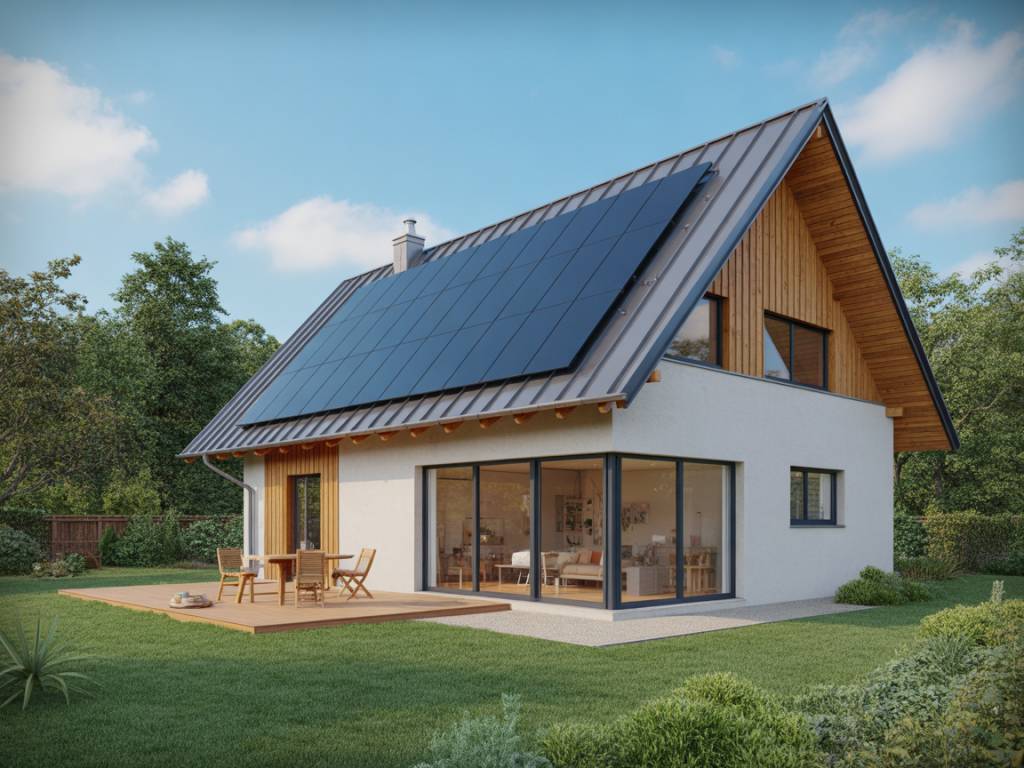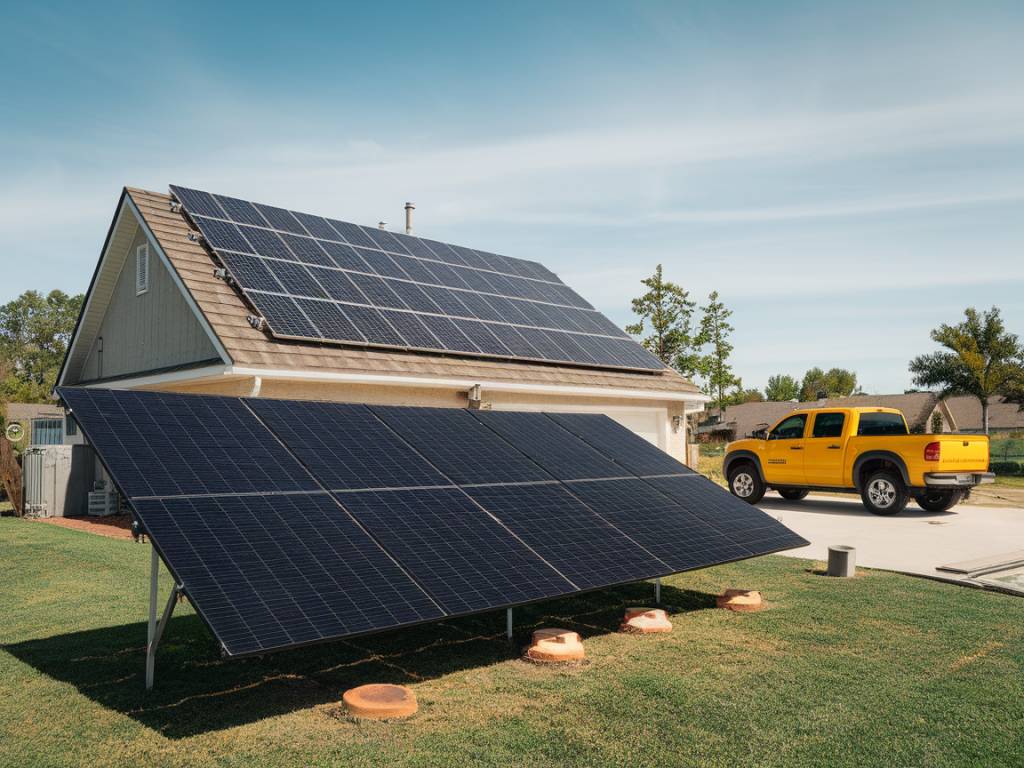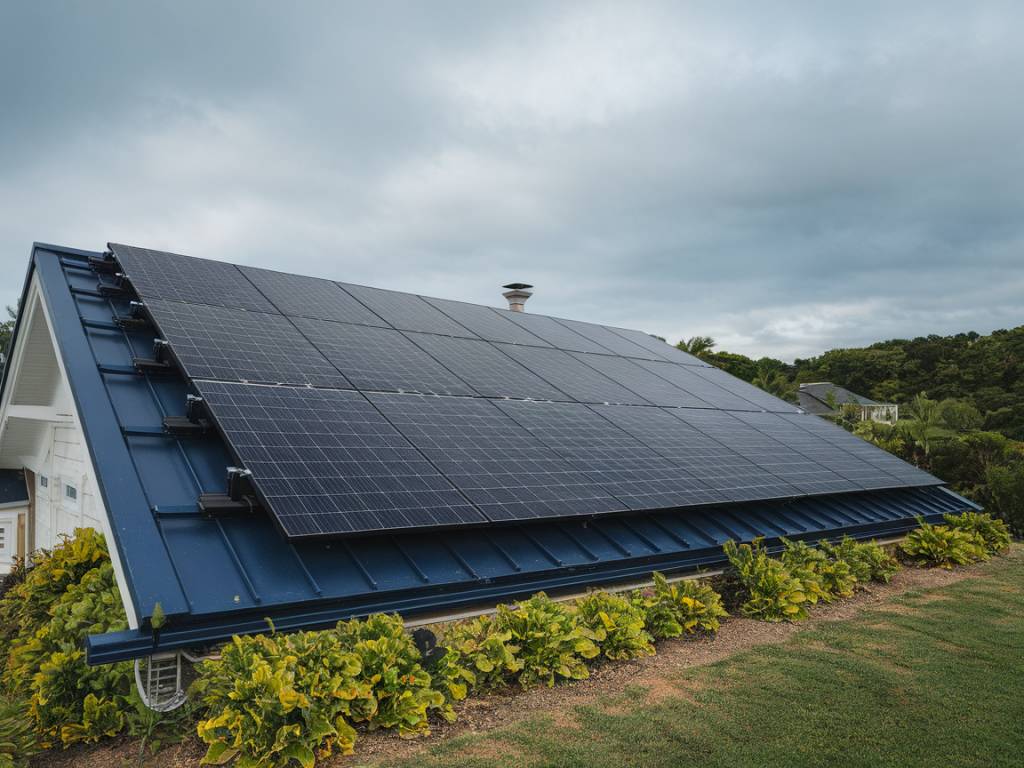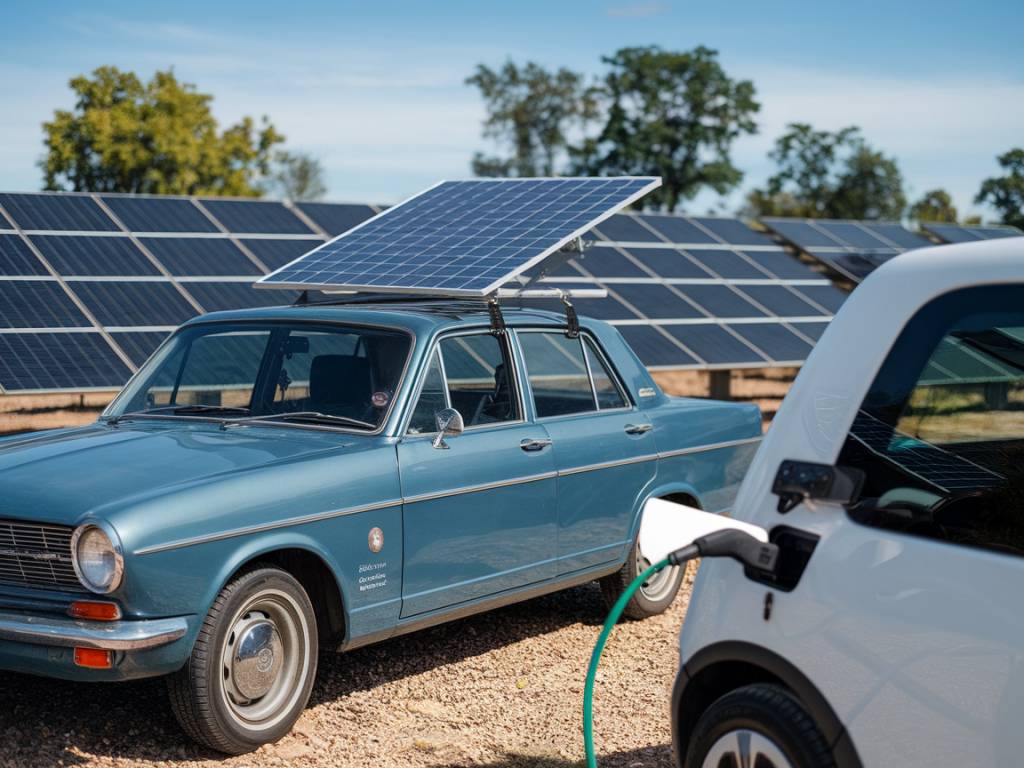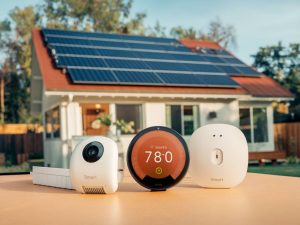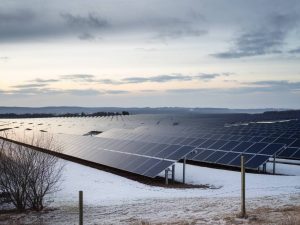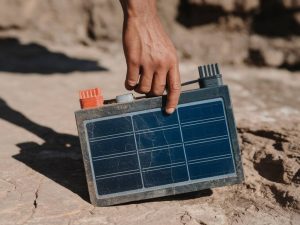Comment préparer votre maison à l’autoconsommation solaire intelligente
Understanding Smart Solar Self-Consumption: What Does It Mean?
Smart solar self-consumption refers to the ability of a household to use the electricity generated by its own solar panels in the most efficient way possible. Instead of simply feeding excess solar power back into the grid, homeowners optimize their energy consumption by aligning it with solar production. This approach not only reduces energy bills but also increases energy autonomy — a growing priority in today’s context of rising electricity costs and environmental concerns.
By leveraging smart home technologies, storage systems like batteries, and precise energy monitoring, households can significantly improve their energy efficiency. The key lies in integrating intelligent systems that help monitor, control, and optimize electricity production and usage in real time.
Why Prepare Your Home for Smart Self-Consumption?
Transitioning to solar self-consumption is more than just installing solar panels. It involves an integrated strategy to ensure your home is ready to make the most of solar energy. The following benefits highlight why preparation is essential:
- Maximized photovoltaic yield: Smart systems align energy use with peak solar production times.
- Lower energy bills: By using more of your self-generated electricity, you reduce dependency on the grid.
- Greater energy independence: Reduce exposure to fluctuating energy prices and grid outages.
- Environmental impact: Lower your household’s carbon footprint through optimized renewable energy use.
Evaluate Your Home’s Solar Potential
Before making any investment, it’s crucial to assess whether your home is well-suited to solar photovoltaic installation. A professional site analysis will typically consider the following:
- Roof orientation and tilt: South-facing roofs with a pitch between 30 and 45 degrees offer optimal solar exposure.
- Shading analysis: Trees, chimneys, or neighboring buildings can obstruct sunlight and reduce panel efficiency.
- Available surface: The more surface area available, the higher the potential for energy production.
- Structural integrity: Ensure your roof can support the weight and layout of solar panels.
These factors will determine the size of the PV system you can install, and hence, the amount of energy you can realistically self-consume.
Install a Smart Meter and Monitoring System
A smart meter is a key component in achieving solar self-consumption. It provides real-time data about your household electricity usage and solar generation. Coupling this with a monitoring platform enables better decision-making and energy planning. With detailed analytics, homeowners learn when their peak consumption occurs and how to adjust usage habits accordingly.
Monitoring systems often include:
- Mobile apps and dashboards for tracking energy flow.
- Alerts for production or consumption anomalies.
- Comparative analytics to understand seasonal variations.
Many inverter brands offer integrated monitoring platforms to ensure compatibility and ease of use.
Integrate Home Energy Management Systems (HEMS)
Home Energy Management Systems allow for automated control of household appliances. These systems can prioritize energy-hungry devices, suggesting the best times to use them based on solar production forecasts.
Popular uses include:
- Scheduling appliances: Run dishwashers, washing machines, or water heaters during peak solar times.
- Controlling heating and cooling based on energy availability.
- Automating routine energy use to reduce wastage.
HEMS platforms are increasingly compatible with voice assistants and smart thermostats, making them easier to integrate into daily routines.
Add Battery Storage for Greater Flexibility
While it’s possible to use solar energy directly during the day, adding a storage battery allows you to optimize self-consumption even further. Batteries store excess solar energy produced during the day and make it available when the sun isn’t shining — during evenings or cloudy periods.
Key advantages of solar batteries:
- Improve the energy independence of your home.
- Reduce reliance on grid electricity during high-tariff hours.
- Enable backup power during outages.
Popular battery technologies for residential use include lithium-ion and lead-acid models. When choosing the size, consider your household consumption habits as well as your solar production capacity.
Consider an Electric Vehicle (EV) and Smart Charging Station
If you own or are planning to buy an electric vehicle, integrating a smart charging station can significantly boost the efficiency of your solar system. Your EV can serve as a flexible energy load that matches periods of high solar generation.
Some smart stations feature modes such as:
- Solar-only charging: The EV charges only when there is solar surplus.
- Time-of-use optimization: Charging occurs during off-peak grid hours if solar energy isn’t available.
Over time, bidirectional chargers (V2H or V2G) could even allow EVs to supply energy back to the house or grid, enhancing self-consumption strategies.
Optimize Your Daily Energy Usage Habits
Technology is a crucial enabler, but human behavior remains essential. Adopting electricity usage habits that align with solar production can make a notable difference:
- Run high-consumption appliances between 10 a.m. and 4 p.m. — the typical peak for solar generation.
- Charge electronic devices during the day rather than overnight.
- Pre-cool or pre-heat your home using solar energy before transitioning to battery or grid use.
These simple changes require no additional investment and can increase your solar self-consumption rate by up to 30%.
Update or Replace High-Consumption Devices
Older appliances and heating systems can be energy-inefficient. Replacing legacy equipment with high-efficiency alternatives ensures that your self-consumed solar power is used in the best way possible.
Examples include:
- Heat pumps for domestic heating: These work well with solar PV and reduce reliance on fossil fuels.
- Induction cooktops and low-consumption washing machines: Ideal for minimizing electricity usage.
Additionally, incorporating LED lighting, motion sensors, and smart thermostats improves overall energy performance.
Work With Certified Professionals for Installation
To ensure proper system performance and long-term reliability, work with certified solar installers. Qualified professionals provide tailored advice on system size, panel orientation, inverter technology, and energy storage options. They also ensure compliance with local grid regulations and can help you take advantage of applicable subsidies or tax incentives.
In France and other European countries, subsidies and feed-in tariffs may significantly offset installation costs. Be sure to ask your installer about available financial support options before making a purchase.
Final Thoughts on Getting Your Home Ready for Smart Solar Living
Smart self-consumption is a path toward sustainable, cost-effective energy use at home. Preparing your property for this transition means more than plugging in panels — it requires a global approach combining infrastructure, technology, and behavioral change. By aligning your consumption with solar production and using intelligent systems to manage energy flow, you can turn your home into a resilient, future-proof energy ecosystem.
